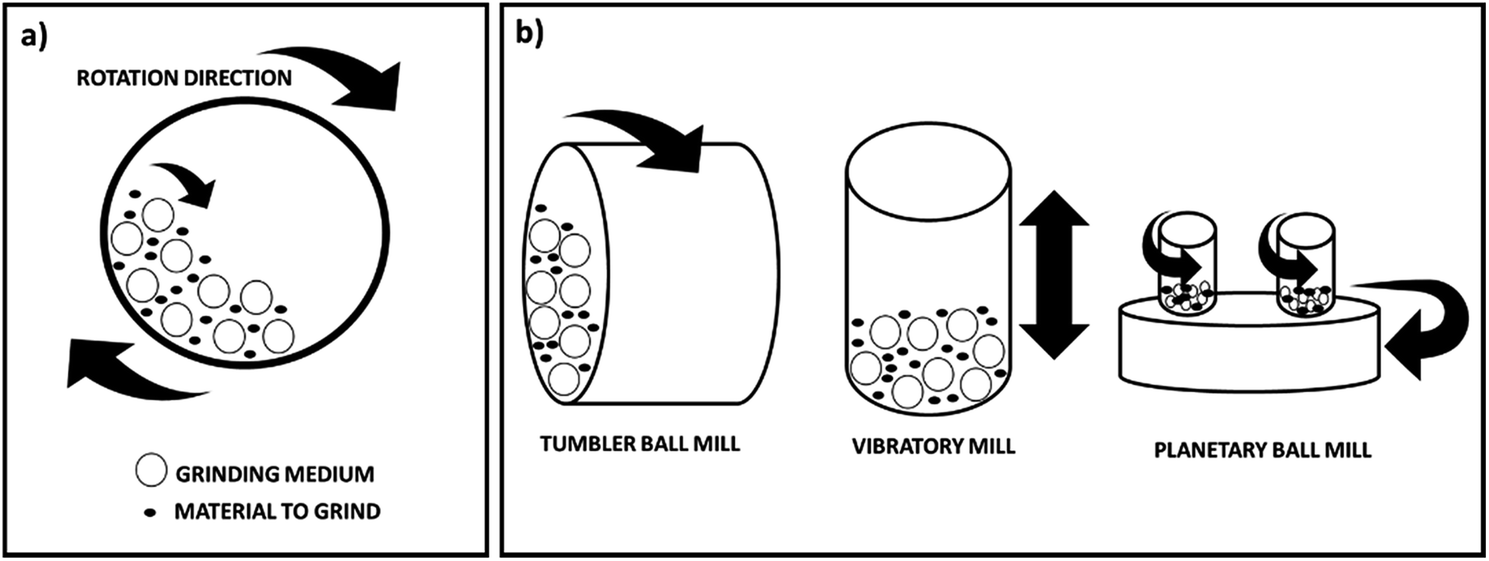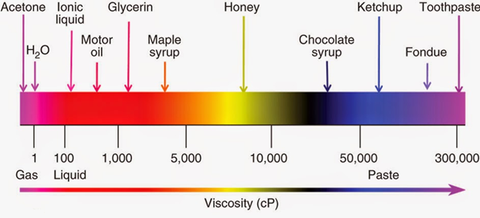Ceramic Grinding Media
A new method has been developed to synthesize ceramic
microspheres as grinding media by dripping ceramic grout.
The need for minerals with a fine size (nanometers) has
increased in recent years. With the resulting increase in ultrafine grinding,
the science of comminution has achieved a range of micrometer sizes. For severe
milling, high quality grinding media is needed, and several cutting-edge
production technologies have been developed.
The dripping of metal oxides is derived from the process of
storing nuclear fuel cells. Recently, this technique has been applied in the
ceramic and pharmaceutical industries. One of the most important applications,
the milling equipment, has experienced improvements in many of its mechanical
properties. In fact, the most important quality of grinding media is wear
resistance.
Due to their better resistance to fading compared to dyes,
water-based pigmented inks are gaining interest in recent developments in
inkjet technology. The size and shape of these particles, together with the
degree of dispersion and the tendency to agglomerate, are important parameters
for the manufacture of ink that can be met by using an appropriate grindingmedium.
Steel Tumbling Media,
catalyst balls,
forged steel grinding balls,
forged steel balls,
ceramic grinding media suppliersSynthesizing Grinding Media
A recent study investigated a training method that uses sol-gel technology to synthesize ceramic microspheres as grinding media by dripping ceramic grout. A recently developed suspension process was used for actinide oxides and metal oxides (for example, Al2O3, TiO2, SiO2, ZrO2, HfO2, CeO2). The sphericity and smoothness of the surface of the particles produced by these processes are crucial, since these properties are traditionally desirable.\
Drip molding is a process that produces alumina pearls from an alumina sun by dripping a ceramic suspension through a nozzle plate to form drops and then harden the drops in a saline solution. This can be achieved by solidifying the ceramic suspension in situ by polymerizing sodium alginate monomers. Sodium alginate is the sodium salt of alginic acid, a polysaccharide composed of mannuronic and guluronic acids (acids are produced naturally by brown algae). The ceramic particles are maintained in a three-dimensional network. The mechanism of crosslinking in alginate gels can be considered in terms of an "egg box" model that involves the cooperative union of divalent metal ions between aligned polyguluronate tapes (Braccini I., 1999).
Gravitational force induces a ceramic suspension to drip into a saline solution (see Figure 1). At this point, the gelation polymer in the suspension becomes spheres, in which the sodium cation is replaced by a divalent cation and immediate and irreversible gelation occurs.
Steel Tumbling Media, zirconium silicate beads, catalyst bed support balls, grinding balls, milling media
With this method of formation, it is possible to produce a variety of ceramic microspheres, such as grinding media and catalytic supports. By sintering the molten particles by dripping, it is possible to achieve good mechanical strength in the ceramic beads. To produce ceramic particles with maximum strength, the particles must contain a minimum porosity and the pores must be kept as small as possible. The particles must be spherical, with a smooth surface and a single mode size.
Drip Casting Versatility
The good results of the wear test and the crush test confirm the hypothesis that the achievement of dripping is a good method of synthesis. More developments are being made in the field of drip. Due to ceramic synthesis technology, finer particle sizes can be produced, in submicron order (for example, 0.01-0.10 µm).
In addition, the drip casting technique can be applied to many different substances, offering a new manufacturing technique for many applications. The simplicity of this technology allows an efficient manufacturing process and offers the possibility of modifying the initial configuration of a project to adapt to specific purposes. The knowledge behind the physics of gout formation helps lab technicians anticipate the shape and path of gout. Finally, drip molding gives technicians the opportunity to be creative and create as many different types of spheres as possible.
shot peening media, grinding media, stainless steel tumbling media, steel tumbling media, alumina grinding balls
The versatility of this technology has allowed the study of many different products, each with the idea that there is no type of "universal" grinding medium. Each formulation has its own properties and method of application.
Identification of an ideal grinding medium
The ideal medium for ultra-fine grinding has several
reproducible characteristics1:
- Chemical composition
- Hardness (related to chemical composition and grain size)
- high sphericity
- high roundness
- Competition (mechanical integrity)
Bulk density, hardness and fracture resistance are the key
physical properties of a ceramic bead. The bulk density has a significant
influence on the energy absorption of the mill. The wear resistance, hardness
and fracture resistance of ceramic media also influence the mill parameters, such
as energy efficiency, internal wear and operating costs. The advantages of the
property, the reasonable cost and a low degradation of the mineral surface are
the objectives of a good ultra-fine grinding process.
Analyzing Drip Casting Effectiveness
The objective of analyzing dripped alumina spheres is to
demonstrate the effectiveness of drip casting when ceramic grinding media are
produced. By modifying the characteristics of the microstructure, raw materials
and ceramic production processes directly affect all ceramic properties,
including mechanical properties such as compressive strength, fracture
toughness, hardness and abrasion resistance 92% samples of alumina produced by
drip casting were analyzed by measuring specific gravity and sphericity; Additional
analyzes included a wear test, a scanning electron microscope (SEM) image,
X-ray diffraction (XRD) and mechanical properties with a crush test.
The XRD analysis shows the composition of the drip spheres
and it is possible to observe the absence of other chemical elements. In fact,
although drip molding used an excess of sodium (derived from alginate) and
calcium (derived from a saline solution), the diffractometer analysis lacks any
trace of such elements.
zirconium oxide beads, carbon steel balls, chrome steel balls, stainless steel media, stainless media
The specific gravity of the drip alumina spheres increases
to a value of 3.70 g / cc. This increase in bulk density could mean that the
drip casting technique increases the density during sintering. High density is
a desirable property in ceramic grinding media; In wear tests, spheres with a
high density show more resistance than those with a low density. Another
confirmation of this hypothesis has been obtained with the internal observation
of sphere samples. Ceramic spheres seem full and densely packed. Despite a
small closed porosity, the accounts do not exhibit macroscopic defects.
The internal aspect is easy to see after cutting the
spheres. The dripped spheres seem to exhibit a good density, and the roundness
of the media is regular, with a high degree of sphericity (close to the value
of the unit). The average of the measurements of the entire perimeter is
representative of the roundness of the surface of the pearls, which has been
measured with an optical profilometer; therefore, the sphericity (or appearance)
near one has been evaluated for all dripping pearls. Table 1 shows the
geometric parameters of the spheres formed by drip casting.
The resistance of a ceramic sphere can be determined from
the crush resistance test of the proppant described in ISO 13503-2: Measurement
of the properties of the proppants used in the operations of hydraulic
fracturing and gravel packing. In this test, a proppant sample is first
screened to remove fines (granules or smaller fragments that may be present),
then placed in a crushing cell where a piston is used to apply a confined
closure effort of a certain magnitude (Newton) above The point of failure of
some fraction of the proppant granules. The sample is screened again, and the
weight percentage of the fines generated as a result of the pellet failure is
reported as crushing percentage. A comparison of the crushing percentage of two
samples of equal size is a method of measuring relative strength.
Source URL: http://b3.zcubes.com/v.aspx?mid=1590841&title=ceramic-grinding-media
Source URL: http://b3.zcubes.com/v.aspx?mid=1590841&title=ceramic-grinding-media















